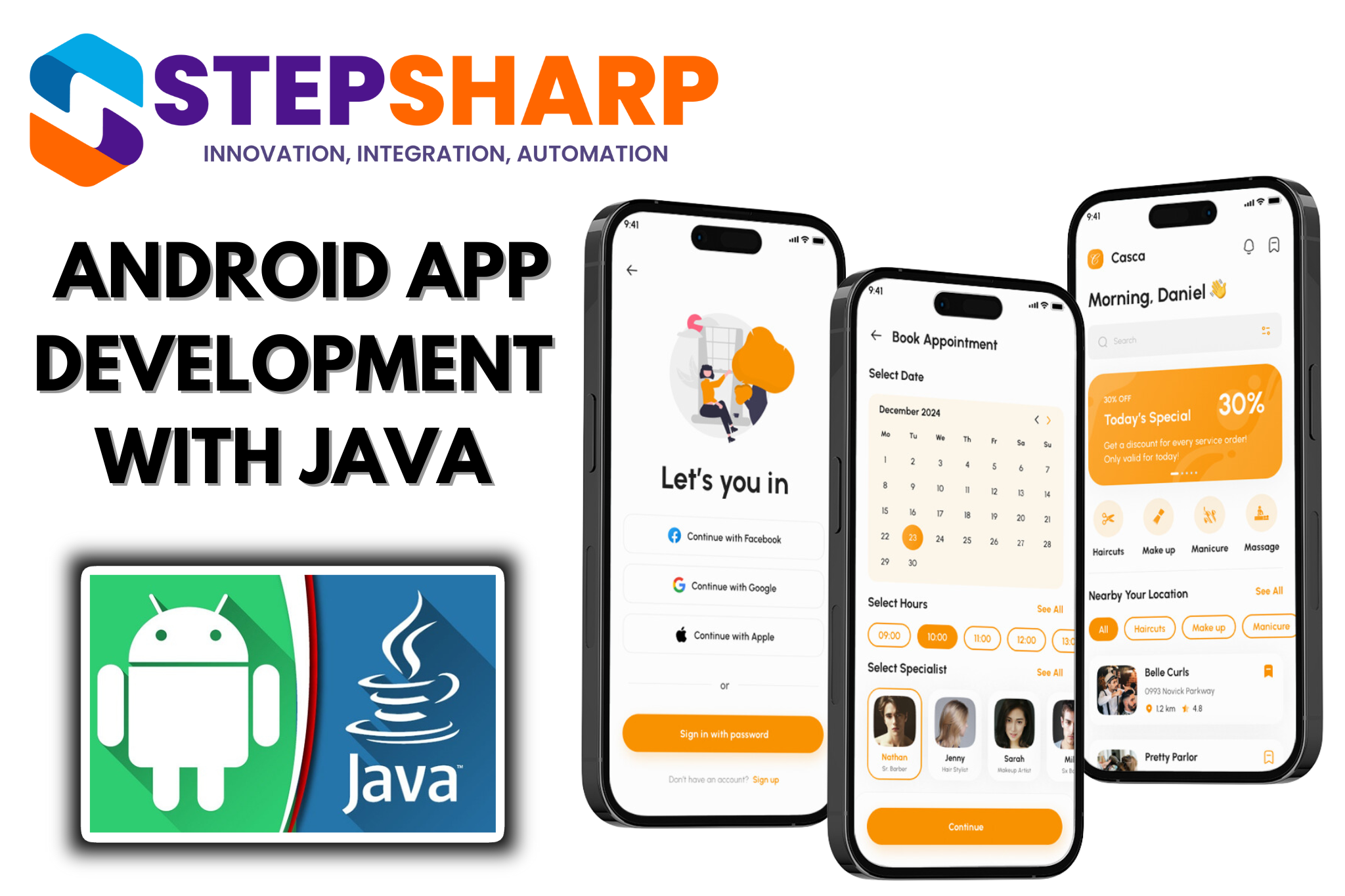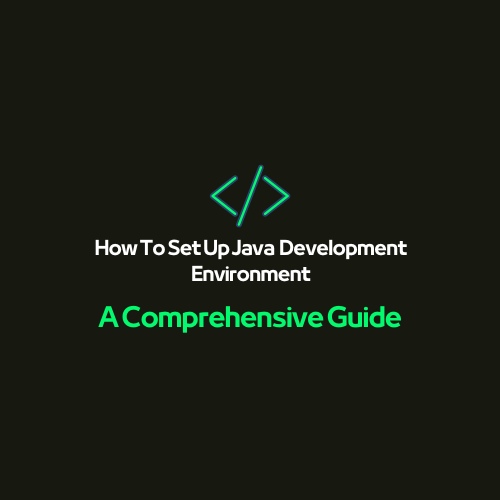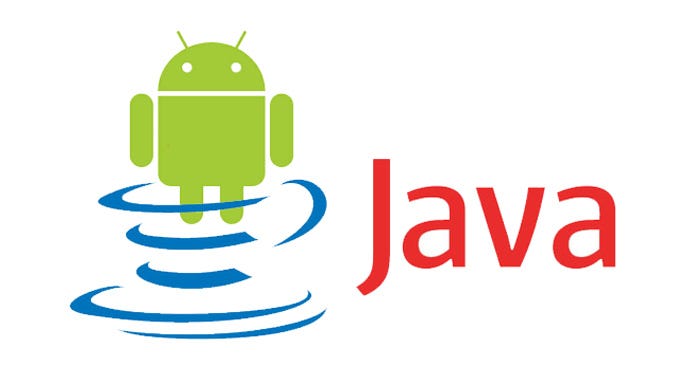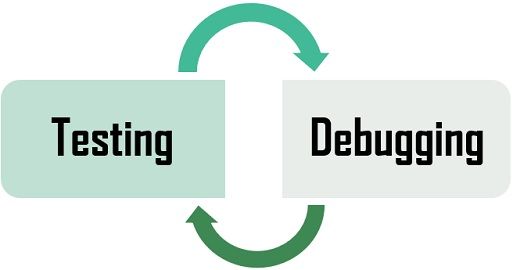
Introduction:
Android app development has become a crucial skill in the ever-evolving tech landscape. With Java being one of the most popular programming languages, mastering Android app development with Java can open up a world of opportunities. In this comprehensive guide, we will delve into the key aspects of Android app development using Java, covering everything from setting up your development environment to building and deploying your first app.

Setting Up Your Development Environment:
- Android Studio InstallationJDK (Java Development Kit) SetupCreating Your First Android Project
Understanding the Android Project Structure:
- App Module
- Resources
- Manifest File
UI Design with XML:
- LayoutsViewsResource Management

Java for Android:
- Activities and Fragments
- Intent and Navigation
- Handling User Input
Data Storage and Retrieval:
- SQLite Database
- Shared Preferences
- Content Providers
Networking and APIs:
- HTTP Requests
- JSON Parsing
- Asynchronous Programming

Testing and Debugging:
- Unit Testing
- Debugging Tools
- Emulator vs. Real Devices
Elevate your app game with StepSharp! Java expertise meets limitless possibilities. Let’s build brilliance together at www.stepsharp.com – where your app dreams take flight!
Conclusion:
In conclusion, mastering Android app development with Java involves gaining a deep understanding of the development environment, project structure, UI design, Java programming, data storage, networking, and testing. Continuous learning and hands-on practice are key to becoming a proficient Android developer.
FAQs:
- Q: Can I develop Android apps without Java?
- A: While Kotlin has gained popularity as an alternative language for Android development, a solid understanding of Java remains valuable, as many existing projects and resources are still based on Java.
- Q: How can I test my Android app on different devices?
- A: You can use emulators provided by Android Studio for basic testing. For more accurate testing, consider testing on real devices, as emulators may not fully replicate the diverse hardware configurations of actual phones and tablets.
- Q: Is Android Studio the only IDE for Android development?
- A: Android Studio is the official IDE recommended by Google. While other IDEs exist, Android Studio provides robust tools and seamless integration with the Android platform.
- Q: What is the significance of the AndroidManifest.xml file?
- A: The AndroidManifest.xml file is crucial as it contains essential information about your app, such as permissions, activities, services, and broadcast receivers. It acts as a configuration file for the Android system to understand and launch your app correctly.
- Q: How can I monetize my Android app?
- A: There are various monetization strategies, including in-app purchases, advertisements, subscription models, and selling the app itself. Choose a strategy based on your app’s nature, target audience, and your business goals.



